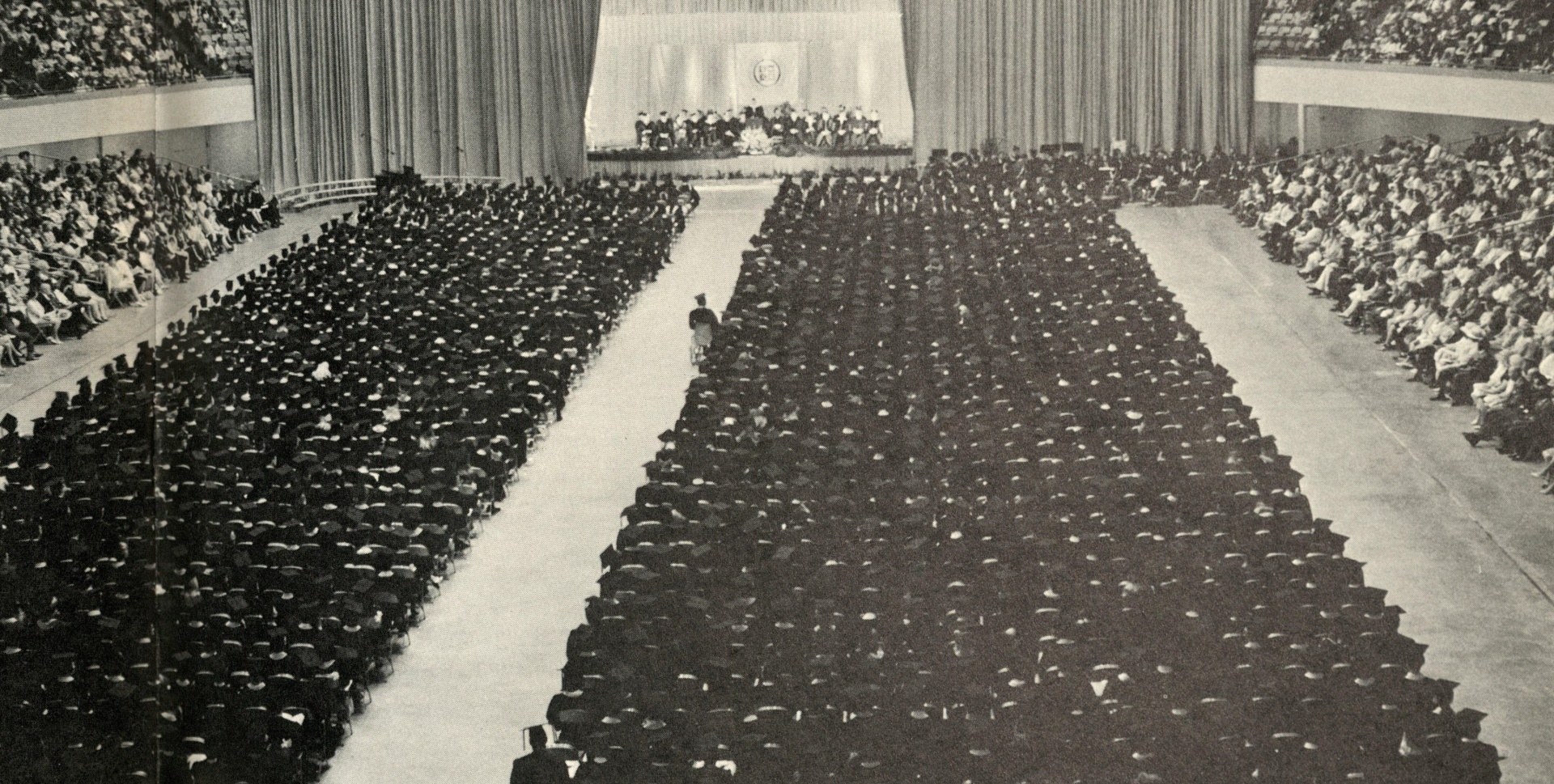1966 - 1970

The Birth of Kwanzaa
Dr. Maulana Karenga, professor and chairman of Black Studies at CSCLB, creates Kwanzaa in 1966. Kwanzaa is an African American and pan-African seven-day cultural festival celebrating family, community, and culture.
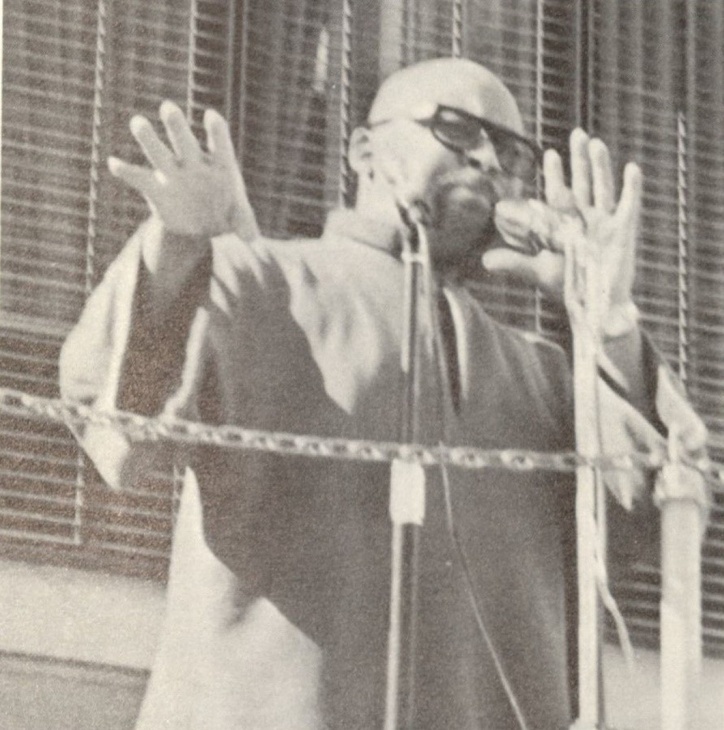
Dr. Marenga
49er Man
49er Man makes its debut in 1967. The statue is later named "Prospector Pete" in honor of former President Peterson.
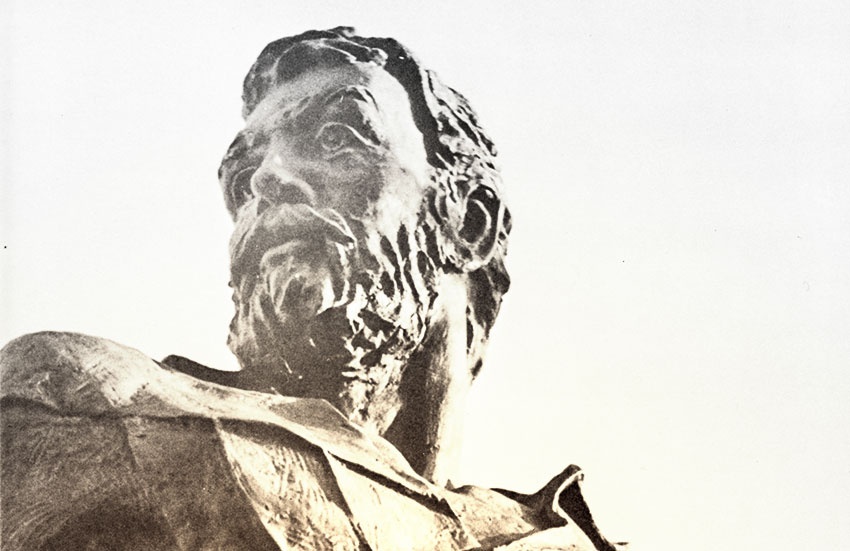
First Education Opportunity Program (EOP)
Dr. Joseph White, the second African-American professor at CSCLB, acquires funding from the Dean of Students along with 75 special admissions slots to outreach to minority students in 1967. Dr. White becomes the first EOP director in what will come to be known as the CSU system.
Fighting Abroad, Protests at Home
While some CSCLB students fight abroad in Vietnam, others back home take part in protests and demonstrations in campuses across the nation.
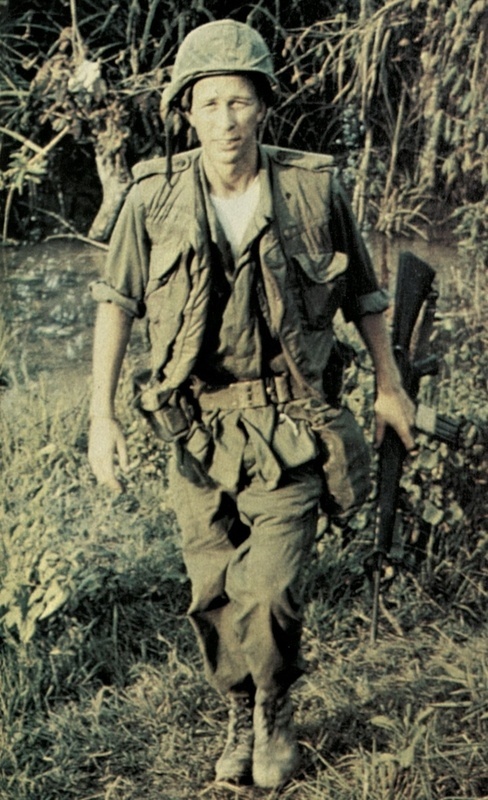
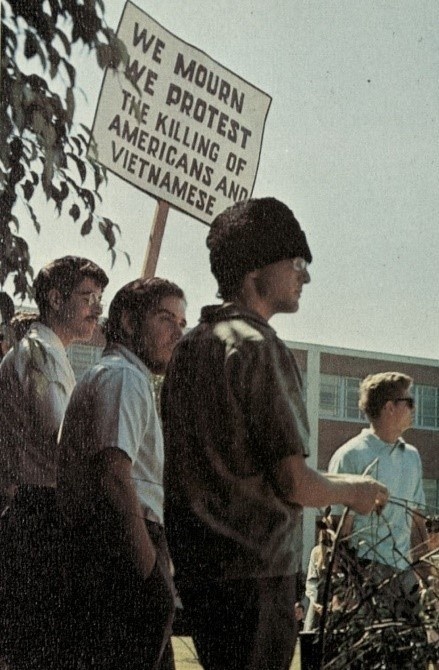
McIntosh Resigns
After students protest around campus, College President Carl W. McIntosh resigns from his 10-year post in 1969. “The institution requires new leadership which can provide renewed vitality and energy” – McIntosh
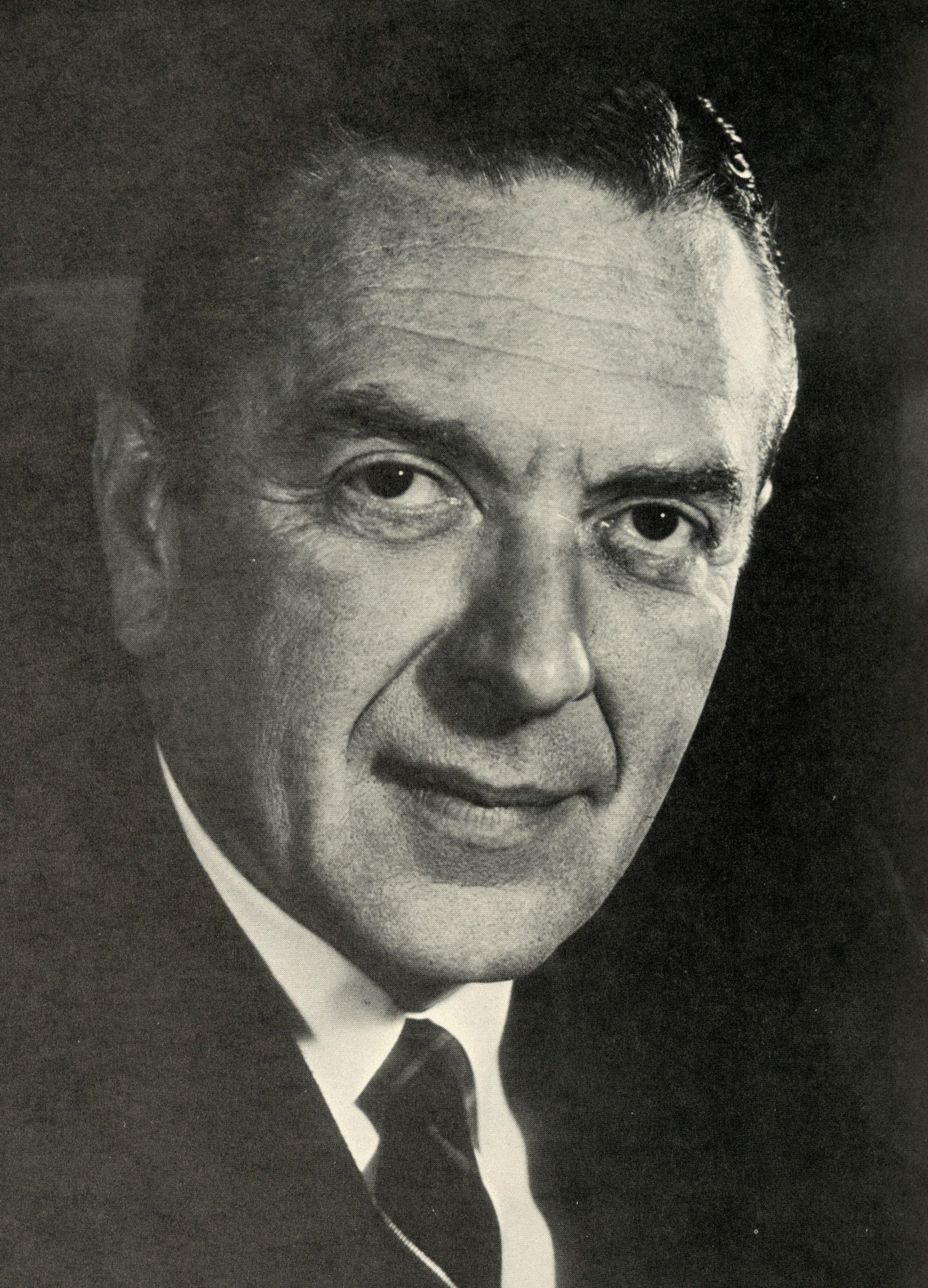
President McIntosh
EOP Cohort Grows, Gets a New Director
Ernest Clarkbecomes the second EOP director in October 1968. The program grows to 438 students. Senate Bill 1072, known as the Harmer Bill, is passed and establishes EOP as a line item in the California State budget, which allows for the creation of Education Opportunity Programs at all CSU campuses.
Student Union Groundbreaking
Construction begins on the $4.5 million Student Union.
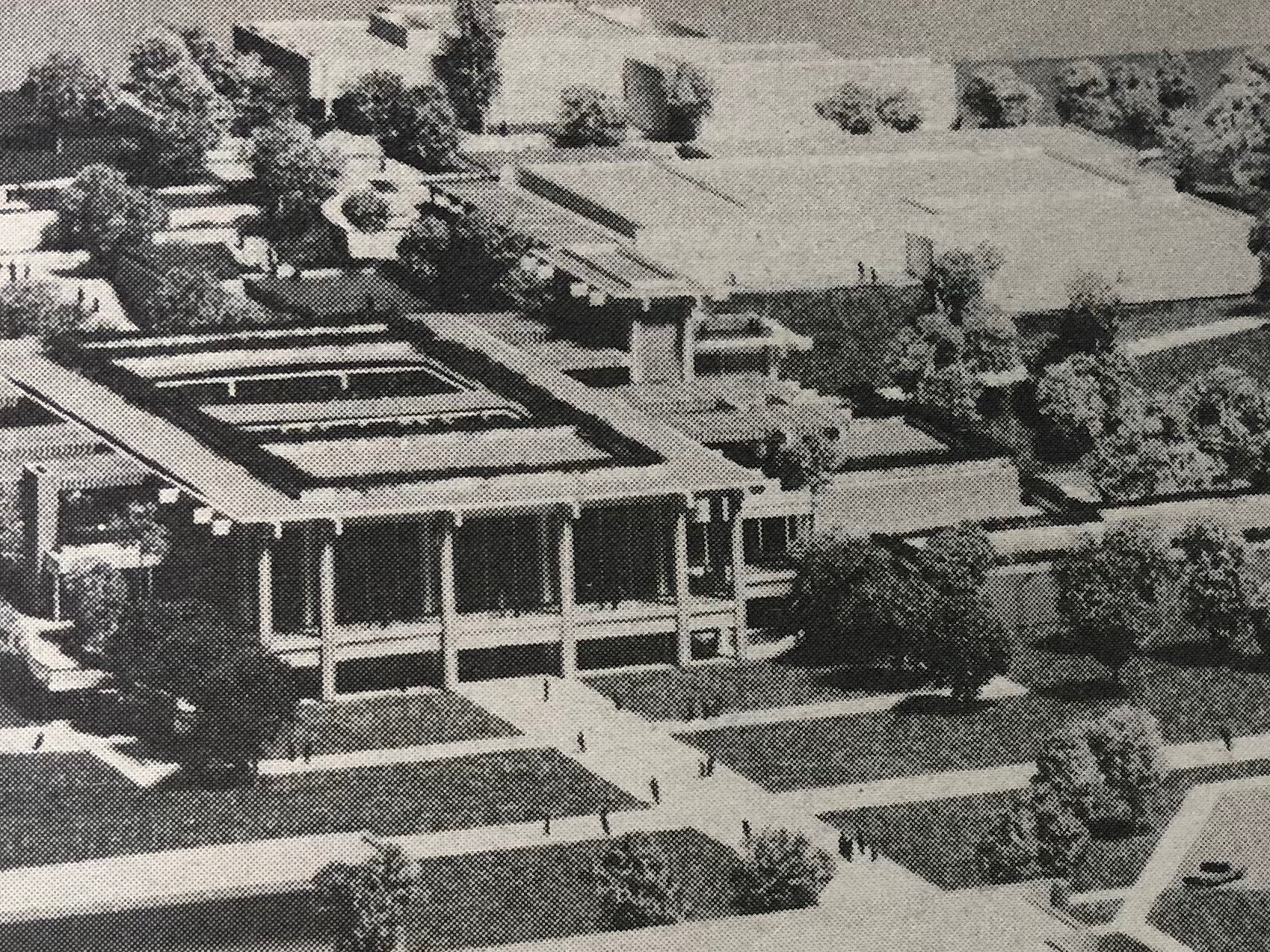
Fall Registration Fees Increased
Full-time students fees increase to $68.50 per semester.
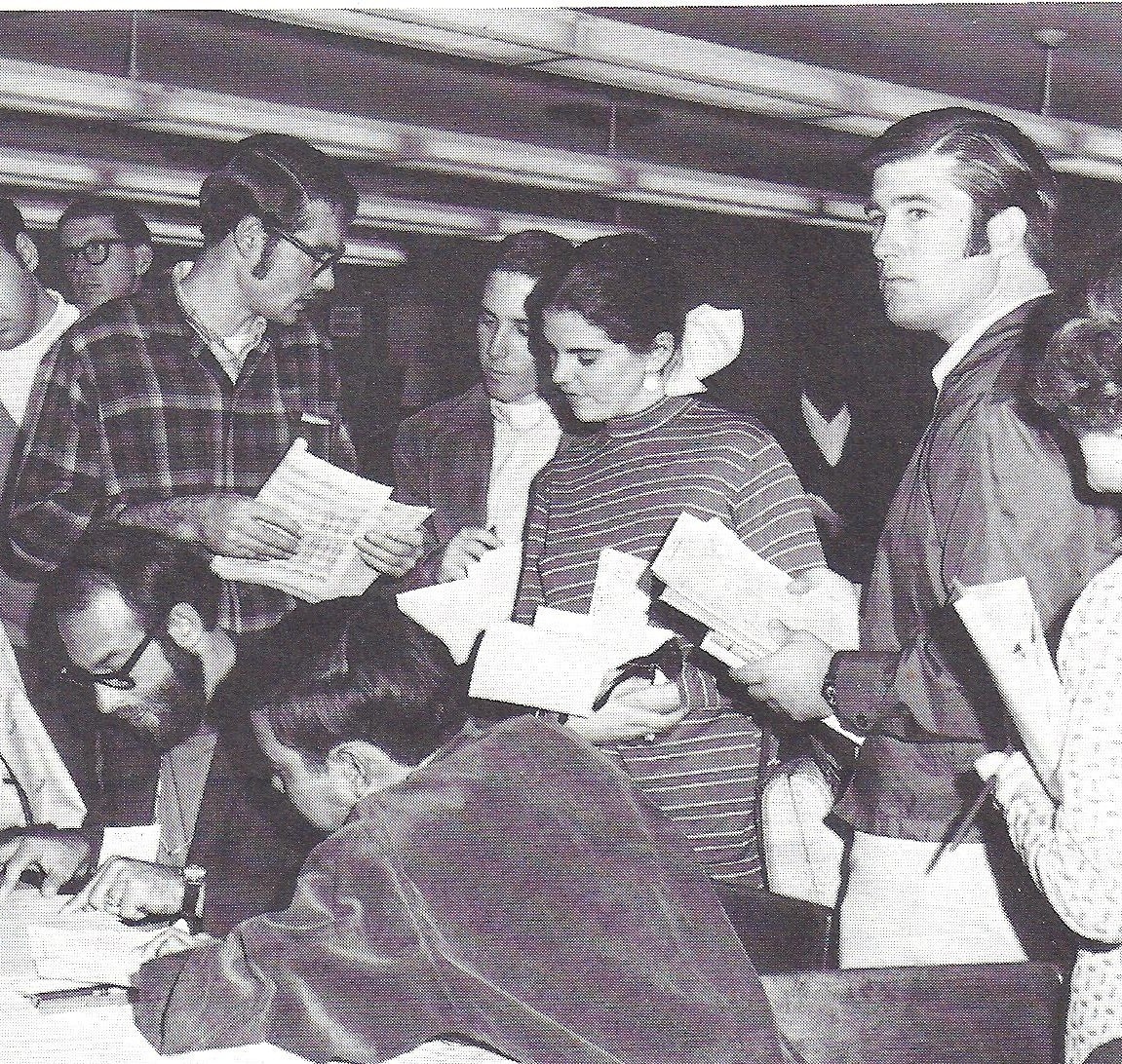
Campus Helps With Commutes
TheLong Beach Public Transportation Company provides new bus services to students living in Belmont Shore and surrounding areas.
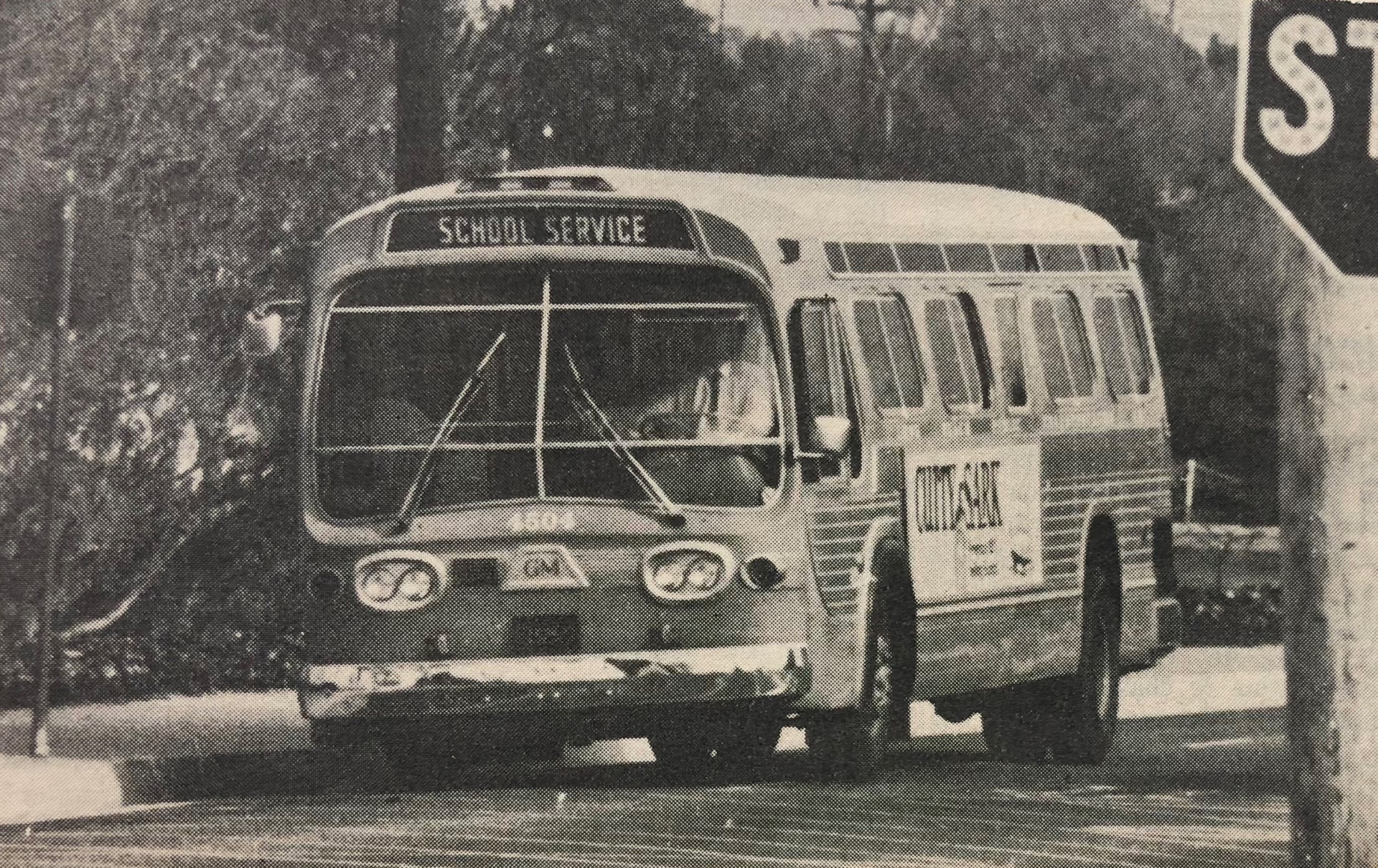
American Indian Studies
American Indian Studies (AIS) arrives at CSCLB in 1968 as the first American Indian education program in the CSU system, as a result of the establishment of EOP. The program is created as a response to a growing number of American Indian students eager to learn more about their culture and history. Most American Indian students attending college are first-generation college students.
Campus Rocked by TGIF Concerts
A series of concerts attracting many rock 'n' roll bands come to campus. The concerts reflect the changing attitudes and affinities of the day. Performers include acts such as Joan Baez, Jefferson Airplane, and The Doors.
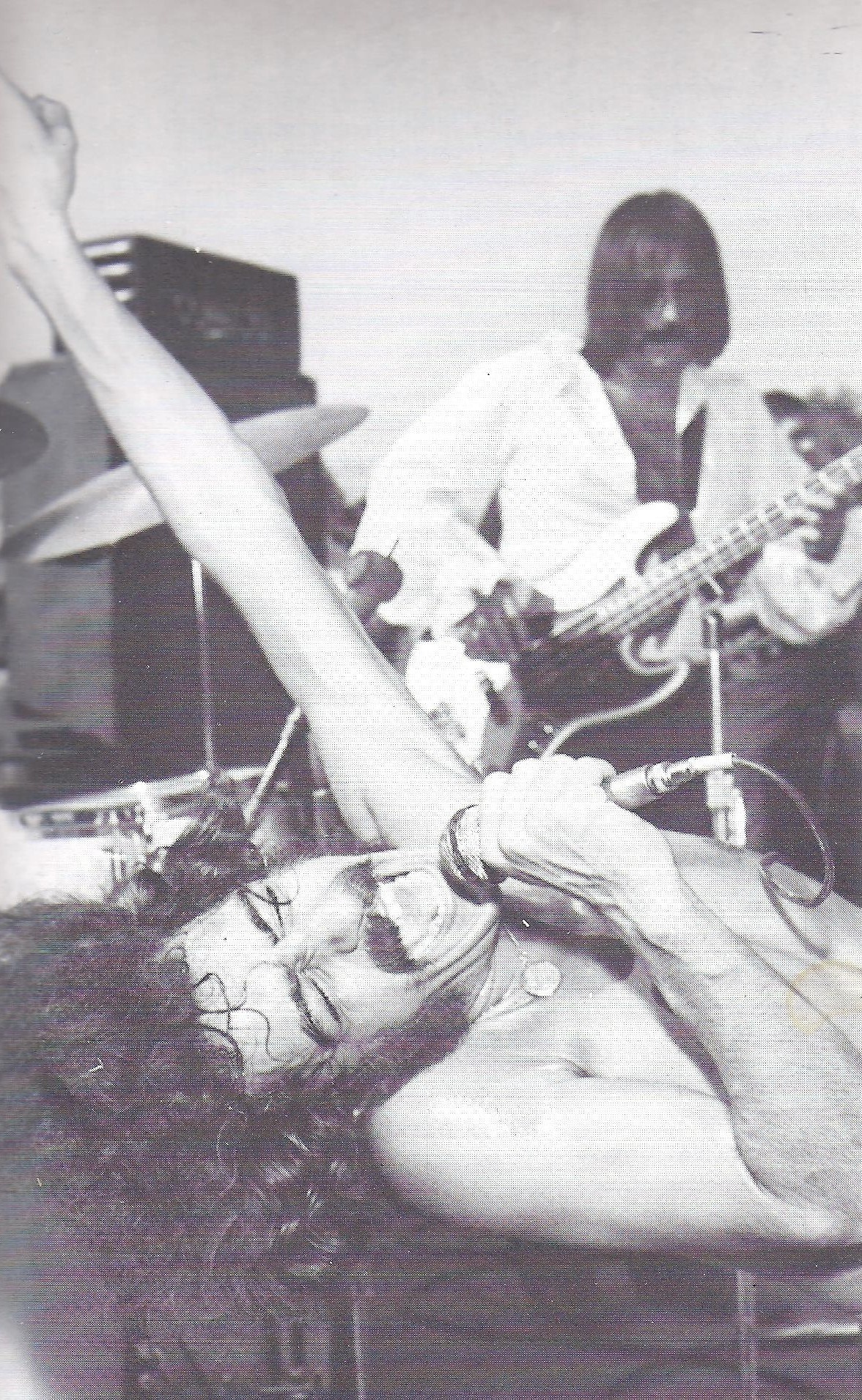
Football Era Ends
A 3-7 record ends a bitter season mired by injuries, signaling the end of the football era at CSCLB.
A Growing Alumni Base
CSCLB tallies 32,244 graduates by the Spring 1969 graduation.
